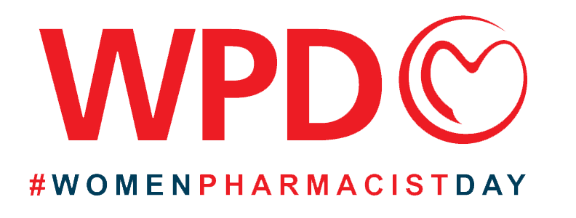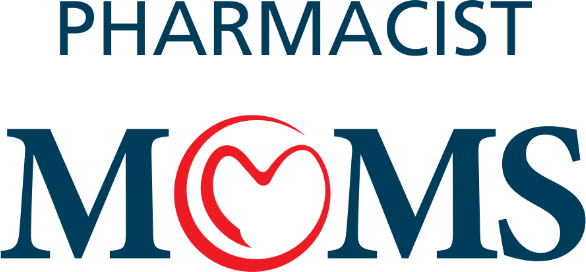What To Expect When You Are Expecting During COVID-19
Being an essential healthcare worker while pregnant is difficult. Here is what to expect while you are expecting during COVID-19 pandemic.
Erika Cook, PharmD, MBA
First, there were the Baby Boomers who were born after World War II, then Generation X in the 60’s and 70’s, Generation Y in 80’s and early 90’s, and then Generation Z in the late 90’s and early 2000’s. We now introduce you to ‘The Coronials’. This new generation is the babies that were born during the global pandemic of 2020 from the novel COVID-19 virus and those babies that will result from months of quarantine and isolation.
I recently gave birth to my first child in May 2020. I was pregnant and worked through the height of the pandemic as a pharmacist in home infusion. I gave birth in a mask with only my husband in the room. I am now raising a newborn and returning to work while many things about this virus still remain unknown. Most pharmacists, especially pharmacist moms, are type A people that thrive off planning. COVID-19 has limited our ability to plan ahead. For example, your Amazon Prime package with diapers is not going to arrive in two days anymore. We do not know when daycare centers will re-open and what type of new precautions there will be. However, there is still something in our control.
Being an essential healthcare worker while pregnant is difficult. Here is what to expect while you are expecting during COVID-19 pandemic.
Pre-partum:
Working while pregnant: I worked up until I was 38 weeks pregnant at which time started quarantining at home based on my hospital’s policies. I wore a mask all day at work and had a sign on my door that I was practicing social distancing. I kept interactions to a minimum and used the phone and computer for communication whenever possible. Home infusion is not directly patient-facing so this allowed me to safely follow CDC guidelines for most of my pregnancy. I recommend you utilize the company’s resources such as reasonable accommodations, leave of absences, and employee assistance programs to ensure you are safe at work.
COVID Policies: Both my husband and I had to get tested for COVID (we both were negative). If either of us came back positive there would have been specific protocols in place during delivery. We took this time in quarantine very seriously. There have been possible findings of vertical transmission from mother to fetus (1). In addition, if my husband tested positive he would not have been allowed entrance into the hospital and I would have had to find an alternative birth partner who was COVID negative. I was only allowed one birth partner and no visitors during our hospital stay. I originally planned to have a doula with me during delivery. Due to hospital rules my husband communicated with her through FaceTime and text throughout the day. Discuss with your OBGYN your delivery options and what the hospital policies are.
Doctors’ appointments: By the time the United States started having positive cases of COVID I was seven months pregnant. At that time you start to have appointments every other week and then weekly. I had to attend these appointments alone. My OBGYN allowed me to FaceTime my husband during our third-trimester ultrasound. I know of other provider offices that did not allow this. This was initially stressful and emotional to not have my husband there to experience the heartbeat sounds and learn about our baby’s development but it soon became the norm. I recommend making your appointment first thing in the morning. This was not only helpful with my work schedule but it also ensured I was getting a clean room that no one had used yet.
Delivery:
You can expect to be waddling out of the car having contractions while hospital staff is obtaining your information at check-in while simultaneously taking your temperature in the lobby. My husband was not allowed to come in for a few hours until I was admitted to ensure I was far enough along. We packed enough for a week in case we happened to be there longer due to a cesarean section or other complications. We had a lot of bags and could only take one trip in! Once we were both admitted our hospital door was closed and we were not allowed to leave our room; not for better food because you don’t like the cafeteria food, not for a peanut ball because the hospital took away all birthing tools, and not even for the car seat. My birth plan included no pain meds or epidural. But after an initial 10 hours of labor with no birthing tools or doula that I planned to have I ceased and got the epidural. My son was born healthy 12 hours later and we were discharged from the hospital after our two-night minimum stay. I had a lot of anxiety about COVID going into labor but I cannot say enough positive things about the nurses, midwives, and doctors who made us feel incredibly comfortable and safe during our hospital stay.
Post-partum:
This is the period I had the most anxiety over. I was unsure of how we would introduce our family members to our son. This was the first grandchild for both our families and an important time in their lives well. Ultimately we had our families quarantine for two weeks prior to meeting our son and ensure they were symptom-free. However, I suggest you do whatever you feel comfortable with. I was nervous about breastfeeding and what resources I would have if I had difficulty. There have been some great resources online such as Kellymoms.com. I was able to take a breastfeeding course over Zoom prior to giving birth and I joined a local Facebook group with a certified lactation consultant that allows members to post questions. While these are unprecedented times quarantine has provided us the ability to stay at home and take in this time as a new family together. The pandemic has allowed us to slow down and enjoy this alone time.
Back to work:
Maternity leave: Each company’s maternity leave policy is different. I did not know how I was going to utilize my time until after our baby was born because I just couldn’t plan that far ahead not knowing what the trajectory was with COVID. My husband initially took two weeks of paid time off when our son was born. He went back to work but due to COVID he is working from home. This has been a challenge and a blessing. We may be a huge distraction during his conference calls with our son screaming in the background at times, but he can also help watch him in the morning so I can get ready or take him in the afternoon so I have a chance to eat lunch. I plan to take 12 weeks of maternity leave and then my husband will take 6 weeks of paternity leave. This way it extends our time home with him to get past some major leaps during 3-4 month growth spurt and then he can start daycare in the fall.
Breast feeding: While I am enjoying my time home learning to be a new mom I also look forward to getting back into a routine and going back to work. I plan to continue to breastfeed. It is a federal law that employers have to provide space and time dedicated to breastfeeding moms. I discussed this with my employer beforehand and I know going back to work these accommodations will be ready.
While we do not know what this virus will look like come the fall and if there will be a second wave I am now taking things day by day. Before I used to have my whole year planned out but having a baby during a pandemic has resulted in short term planning and adjusting to our new life day by day. The babies that entered the world in 2020 first saw the face of a doctor hidden behind a mask. Their first year of life may only involve car rides to the pediatrician. But it also may include daily walks around the neighborhood and nights in with their mom and dad. These babies will be known as Coronials and who knows what this generation will be known for. Will they be known as the greatest generation of the 2000’s? I do know that their parents who had to work during a pandemic because they are essential health care providers, and who had to deliver a baby in a mask and raise a newborn in quarantine are strong, caring, dedicated, and can face any obstacle.
Works Cited: 1. Egloff C, Vauloup-Fellous C, Picone O, Mandelbrot L, Roques P. Evidence and possible mechanisms of rare maternal-fetal transmission of SARS-CoV-2. J Clin Virol. 2020;128:104447.









.png)



